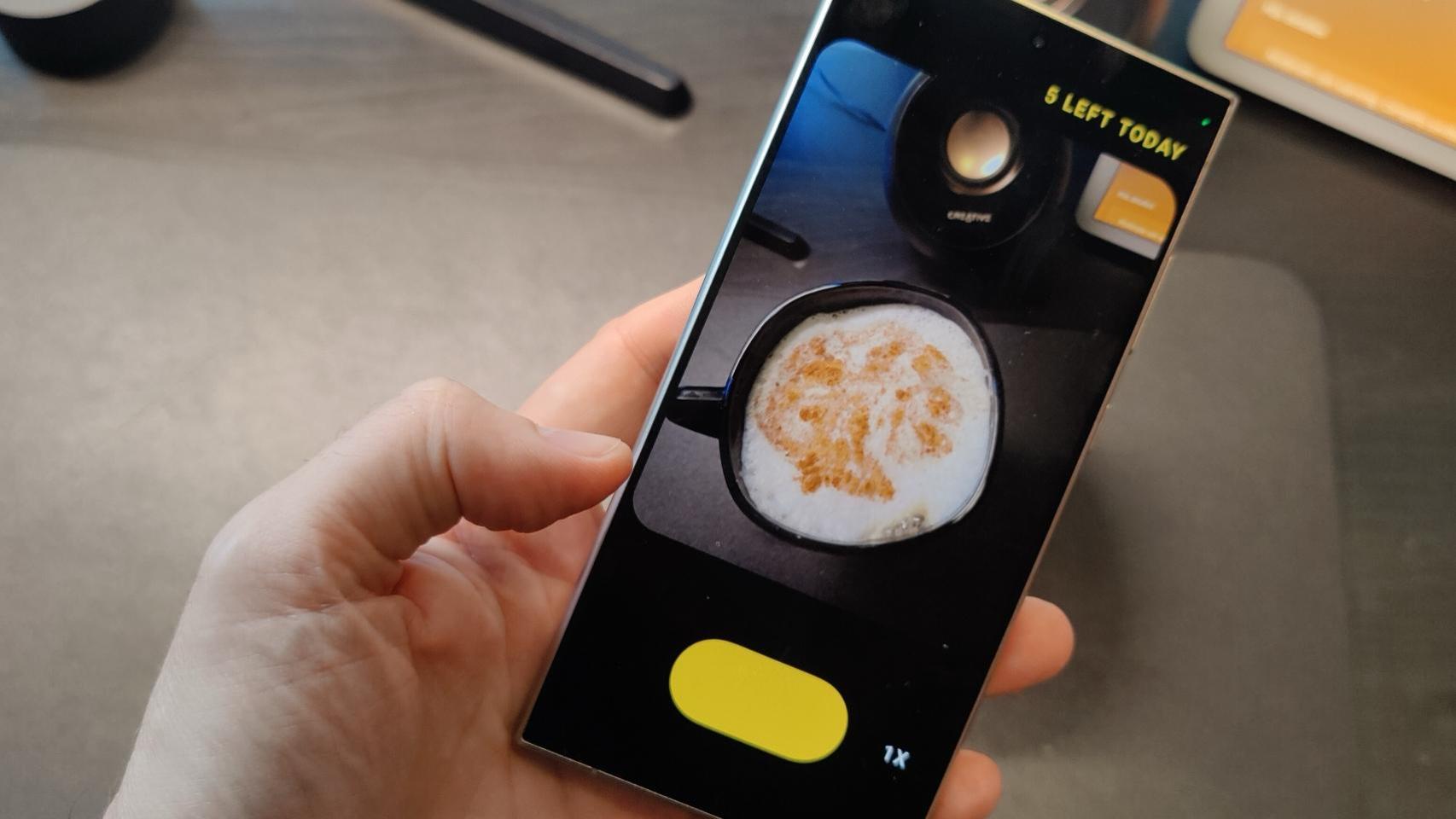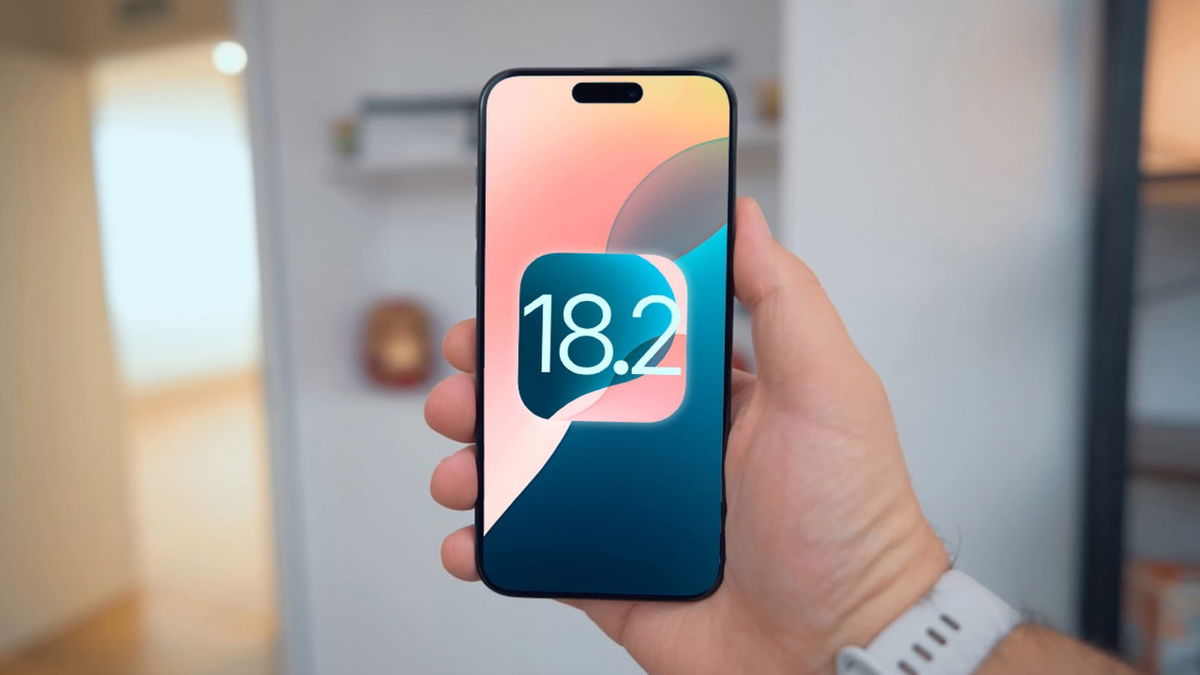Planned obsolescence. A practice by which some companies limit the useful life of a product in order to force consumers to buy a new one. Something that is achieved through the use of poor quality materials or the implementation of software updates that make the product less functional over time.
And what does planned obsolescence have to do with Apple? Nothing at all. And but tell the software update that Apple has released for none other than the iPhone 5S. An iPhone almost 10 years after its release on the market and which continues to hold the attention of the company.
Safety first, and second, and third
It’s rare to hear about a software update for a mobile phone that’s nearly 10 years old, but that’s exactly what Apple did with the iPhone 5S. Even though the iPhone 5S received its last major OS update in 2018 with the introduction of iOS 12, it continues to receive security updates. This is exemplified by the recently released version 12.5.7 which is already available for this iPhone and others.
Along with the release of iOS 16.3, the iOS 12.5.7 security update closes a security hole that could have allowed attackers to execute arbitrary code on devices. Something we cannot ignore in times when we store our whole lives in our iPhones.
The iPhone 5S is not the only old device to receive this security update, the iPhone 6 and 6 Plus also benefit from it. And they do it by being very far from other devices in the telephony market, because compared to other Android phone manufacturers
The iPhone 5S security update is a sign of Apple’s commitment to providing security and support to customers even after their devices have been classified as obsolete by the company itself. Good news for users of older devices, who they know they can continue to use their devices safely and reliably. As we said at the beginning, obsolescence what?
In Applesphere | AudioOS 16.3 is here: How to use HomePod and HomePod mini’s temperature and humidity sensors to automate everything









